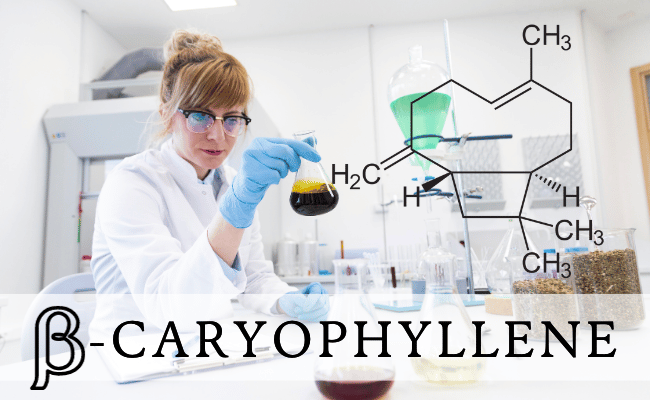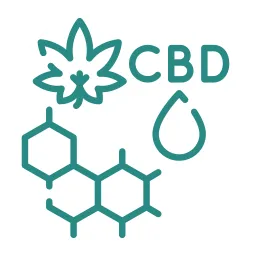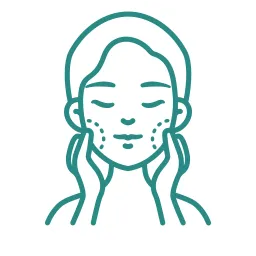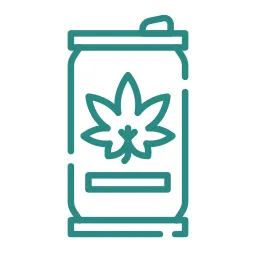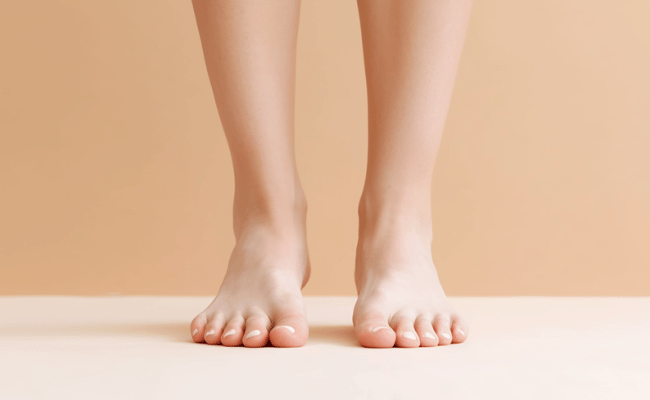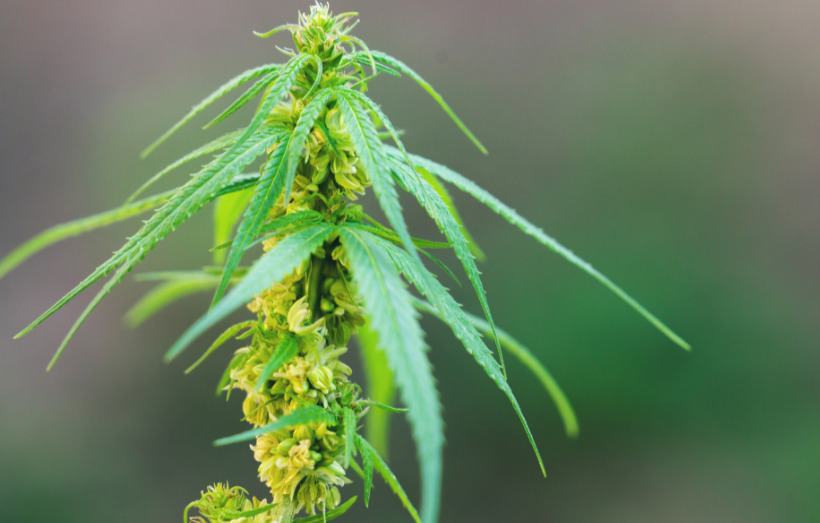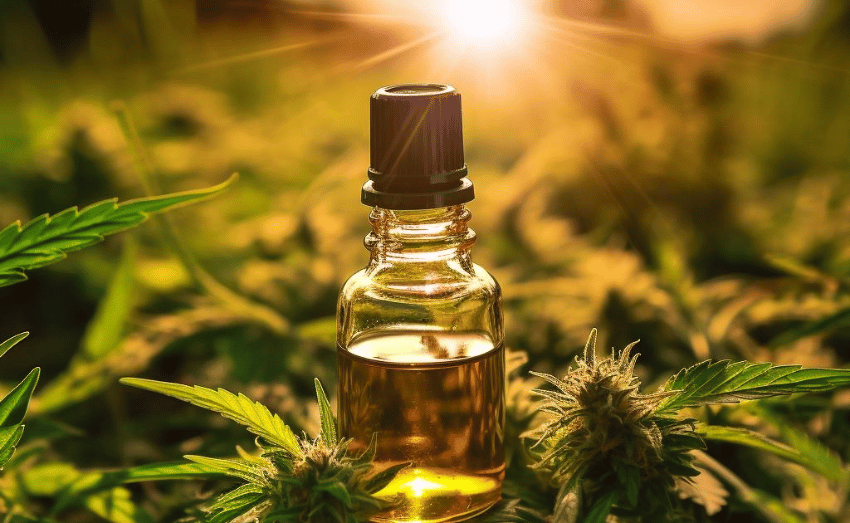Varicose eczema, known as venous stasis dermatitis or gravitational dermatitis, stands as a significant dermatological concern, particularly manifesting in the realm of geriatric care. This ailment, characterized by its chronic nature, predominantly casts its shadow over the lower extremities, marking its territory in the calves and shins of the affected.
The genesis of this condition can be traced back to venous insufficiency1. In simpler terms, it refers to the compromised efficiency of the leg veins in ferrying blood back to the heart, an essential circulatory function. As these vessels struggle in their task, they become sites of undue fluid accumulation and increased pressure. This leads to the unintended seepage of some of the blood into adjacent tissues.
Compounding the problem is the diminished capacity of blood and oxygen to nourish the skin, which in turn intensifies the manifestations of this condition. The skin, starved of its essential nutrients, becomes a breeding ground for the symptoms of varicose eczema, thereby making it essential to comprehend and address its underlying etiology.
On this page
Why Does Varicose Eczema Occur?
The root cause is often increased pressure in leg veins. When the veins’ valves malfunction, blood struggles to move upward, leading to leakage. As a result, the pressure within these veins increases, causing fluid to seep into nearby tissues. The immune system, reacting to this fluid, might instigate varicose eczema.
Risk Factors:
- Being female.
- Obesity.
- Pregnancy.
- Family history of venous insufficiency.
- Immobility for extended periods.
- Prior experience with deep vein thrombosis (DVT).
- Advancing age.
How Can You Manage and Treat It?
1. Self-care: Keep active and elevate your legs regularly to boost circulation.
2. Emollients: These are moisturizing treatments applied to the skin to prevent dryness.
3. Topical corticosteroids: These creams and ointments reduce inflammation and alleviate symptoms.
4. Compression stockings: Designed to apply pressure to your legs, these stockings help with blood flow.
If these treatments prove ineffective, you might be directed to a dermatologist or a vascular specialist for further evaluation and potential treatment for varicose veins.
Why is this a problem?
Pressure rises up as water becomes stuck in the pipes. This implies that part of the trapped blood spills out into the leg’s surrounding regions. This might produce changes in the skin, such as itching, discoloration, and irritation.
Diagnosis for Varicose Eczema
What is a Diagnosis?
Think of a diagnosis like solving a mystery. It’s the method doctors use to figure out what might be causing a problem in your body.
How Do They Do It?
- Clinical Examination
This is like a detective’s first look at a crime scene. The doctor will check your legs, see the state of the skin, and ask you about any symptoms or problems you’ve been having. - Ankle brachial index test (ABPI)
Imagine using a speedometer to see how fast a car is going. This test measures how well blood is flowing in your legs. If the ‘speed’ is too slow or too fast, it might be a sign of a problem. - Artery Studies and Electrocardiograms
These are more advanced tests. Think of them as using special tools to check the inside of a machine. They help to ensure that the blood highways (arteries) in your body aren’t damaged or blocked. - Checking for Other Skin Problems
Sometimes, the skin rash you’re seeing might be caused by something else, like an allergic reaction to a soap or plant. This is called allergic contact dermatitis. So, doctors will want to make sure the rash isn’t because of this.
Complications
- Leg Ulcers: Just like a leak can cause a hole in a wall, the leaking blood can cause open sores on the leg.
- Cellulitis: Think of this as an infection that affects the skin’s surface, making it red and swollen.
- Phlebitis or Inflamed Veins: The ‘pipes’ (veins) can become angry and irritated. This is like when a pipe gets rusty and starts to break down.
- Severe Complications: If not looked after, more serious problems can arise.
- DVT (Deep Vein Thrombosis)2: This is a big concern. Imagine a blockage forming inside the deep pipes (veins) of the leg. This blockage is a blood clot and can be very dangerous if it travels to other parts of the body.
Clinical Presentation
As the condition progresses, the skin may thicken, leading to a painful state called lipodermatosclerosis.3 Often diagnosed through a combination of clinical examination and tests like the ABPI, it’s crucial to consult a dermatologist or vascular specialist for the right treatments, especially since such symptoms might overlap with conditions like allergic contact dermatitis
Are There Other Kinds of Eczema?
Absolutely. “Eczema” encompasses various skin conditions that result in dry, irritated skin. Let’s distinguish between a few common types:
- Atopic Eczema (Atopic Dermatitis):
- Prevalence: It’s the most common form of eczema.
- Characteristics: Often inherited, it’s linked to an overactive immune system and other allergic conditions such as asthma and hay fever.
- Triggers: Factors like skin irritants, stress, changes in temperature, and certain foods can exacerbate this form.
- Prevalence: It’s the most common form of eczema.
- Contact Dermatitis:
- Cause: As the name suggests, this form of eczema arises when the skin comes into direct contact with certain substances.
- Subtypes: Divided into two main categories:
- Irritant Contact Dermatitis: Caused by direct contact with substances that irritate the skin, like certain detergents or industrial chemicals.
- Allergic Contact Dermatitis: Resulting from exposure to a substance or material to which an individual has become specifically sensitized, such as nickel or certain cosmetics.
- Irritant Contact Dermatitis: Caused by direct contact with substances that irritate the skin, like certain detergents or industrial chemicals.
- Cause: As the name suggests, this form of eczema arises when the skin comes into direct contact with certain substances.
- Discoid Eczema (Nummular Eczema):
- Appearance: It’s characterized by round, coin-sized patches of irritated skin.
- Location: Often found on the legs, hands, arms, and trunk.
- Duration: This form can be quite persistent and may take longer to treat.
- Appearance: It’s characterized by round, coin-sized patches of irritated skin.
It’s essential to recognize that while these conditions fall under the “eczema” category, their causes, triggers, and treatments can vary. Consulting a dermatologist can provide specific insights tailored to each type.
Conclusion
Venous eczema, also termed as venous stasis dermatitis, is more than just a skin appearance concern. It signals an underlying vascular problem known as venous insufficiency. Timely detection and intervention are essential to control the condition and prevent further complications. Effective treatment enhances the life quality of those affected by this dermatological issue.
FAQs
What triggers varicose eczema?
Varicose eczema is primarily triggered by increased pressure in the leg veins, often due to poor circulation or venous insufficiency.
What foods should I avoid with varicose eczema?
It’s advisable to limit or avoid fatty and salty foods, as they can exacerbate swelling and fluid retention in the legs.
Is Vitamin C good for eczema?
According to a study in the National Library of Medicine, a deficiency in vitamin C may aggravate atopic eczema symptoms. However, it’s essential to consult with a dermatologist or nutritionist for tailored advice.
What cream is good for eczema?
Several creams are beneficial for managing eczema. Notable ones include lotions from Cerave, Eucerin Eczema Relief Cream, Vanicream products, and Aveeno products.
Can stress exacerbate varicose eczema?
Yes, stress is known to trigger or worsen various skin conditions, including varicose eczema. Managing stress through relaxation techniques can be beneficial.
Sources
- Varicose eczema. (2017, October 19). Nhs.uk. https://www.nhs.uk/conditions/varicose-eczema/ ↩︎
- Mayo Clinic. (2022). Deep vein thrombosis – Symptoms and causes. Mayo Clinic. https://www.mayoclinic.org/diseases-conditions/deep-vein-thrombosis/symptoms-causes/syc-20352557 ↩︎
- Lipodermatosclerosis | DermNet NZ. (n.d.). Dermnetnz.org. Retrieved September 4, 2023, from https://dermnetnz.org/topics/lipodermatosclerosis ↩︎

